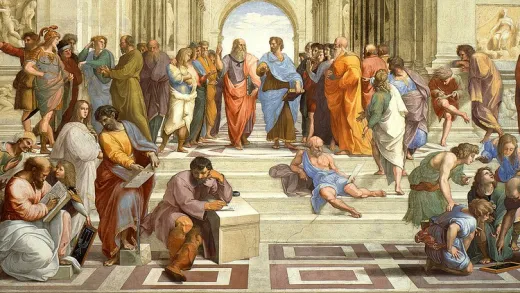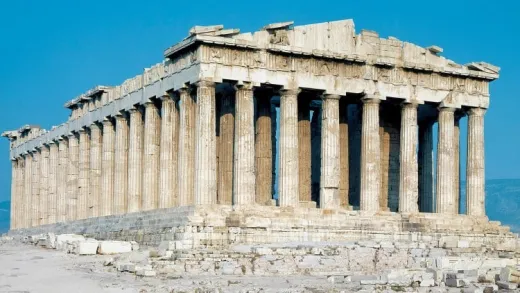Brief Summary
This course is like your art history buddy, guiding you through the canvas of time from ancient to Renaissance art. Get ready to learn all the cool stuff about art without any of the confusing academic mumbo jumbo!
Key Points
-
Surveys art from early Prehistory to the Renaissance.
-
Covers both Western and non-Western art forms.
-
Uses clear video lectures and texts for ease of understanding.
Learning Outcomes
-
Understand major art movements and cultural expressions.
-
Identify key artworks and their significance across various cultures.
-
Develop skills to discuss and analyze artworks meaningfully.
About This Course
This is an actual college level course that is taught at several accredited colleges.
The history of art from Prehistory to the Early Renaissance
This is part one of a year-long college-level survey course in art history. This course covers art history from the Prehistoric Era to the beginning of the European Renaissance.
This course also covers ancient non western art in the Americas, Asia, and Africa.
This course is designed as a basic college-level survey of art history. I provide an online textbook as well as study guides and worksheets. This course covers the language used to discuss art. A complete overview of art, culture, and architecture.
Each work is covered in depth, the works physical or formal properties are discussed such as technology used to create the work, color, medium, materials, composition, and shading.
The symbolism of each work is discussed and how to interpret the interrelationship of symbols in a work of art.
This course is the actual content of a course I taught at an accredited college in California called Ohlone college.
I designed this course as a series of clear, non-jargon laden video lectures and texts designed to help any student who wants to pass AP art history and or any beginning level art history survey course.
STUDENT PERFORMANCE OBJECTIVES:
To assimilate a working knowledge of the periods traditionally known as Ancient, Classical, Medieval, African, Asian (India, China, Japan, or Southeast Asia), MesoAmerica, etc.
To develop an awareness of the monuments, techniques and media used during these periods.
To discover the stylistic differences and modes of of expression peculiar to different cultures.
To introduce to the student, significant examples of the visual arts pertinent to gaining a working knowledge of Ancient Art and Architecture.
To prepare students for ensuing courses of Art History.
To increase a student's sensitivity to the art of both the European and non-western cultures.






Terrill A. J.
In general this instructor has a firm command of this subject matter. Unfortunately, I found the delivery quite lacking. Particularly, the voice and sound quality are in need of an upgrade. Check out unit 42 titled Classical Greek Sculpture into the Late Hellenistic Phase as an example. Very annoying at times. Amateurish.